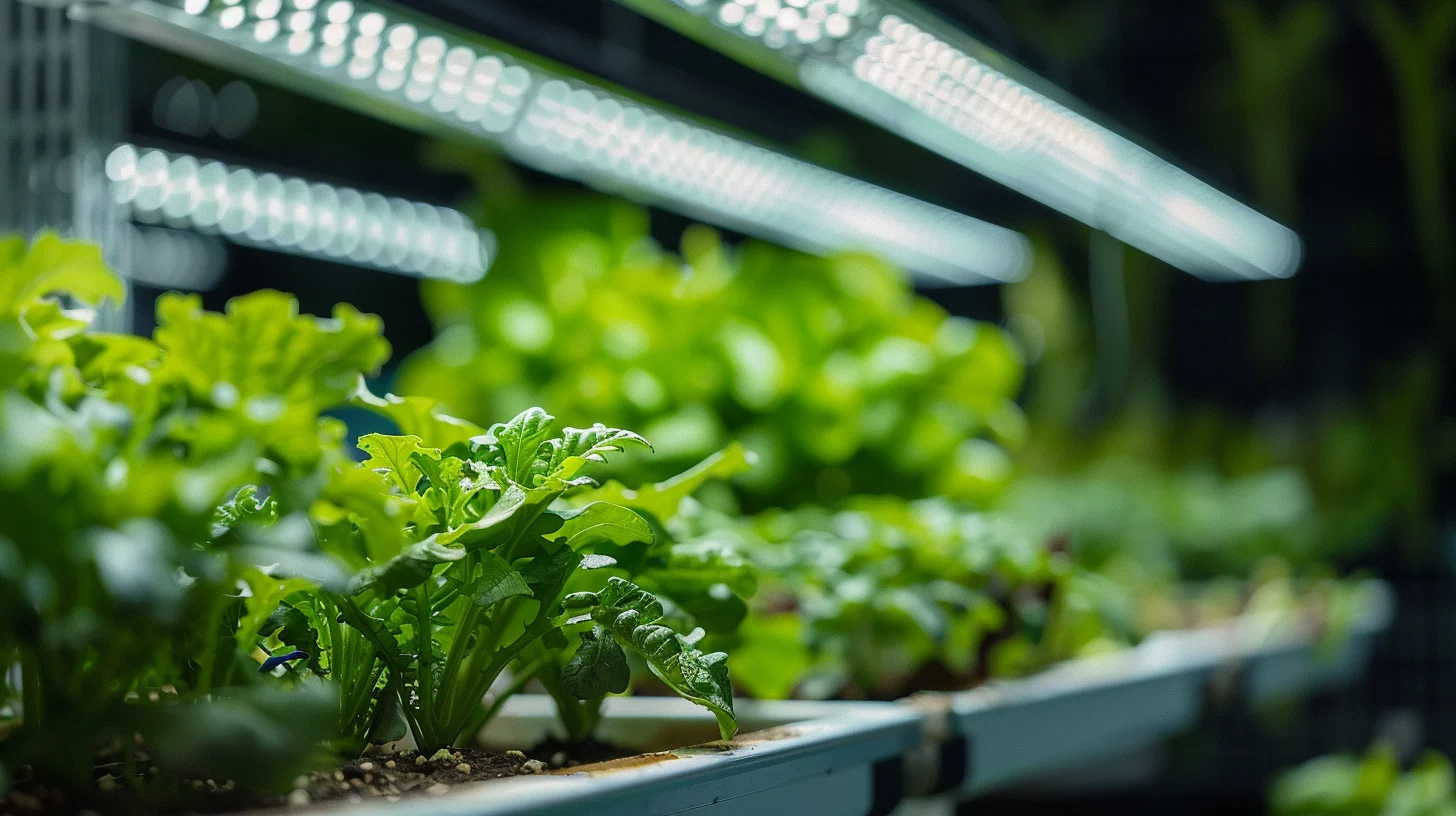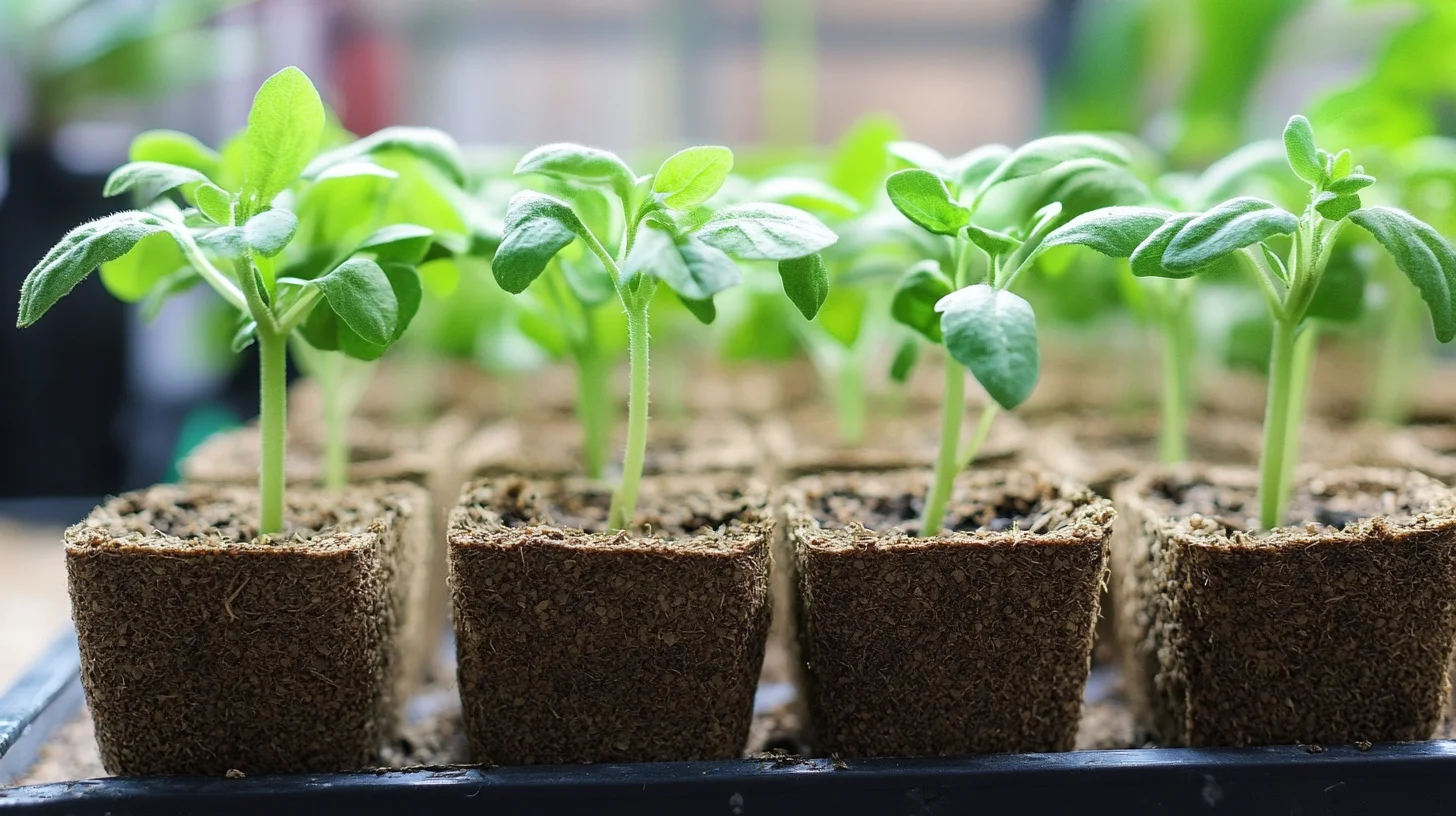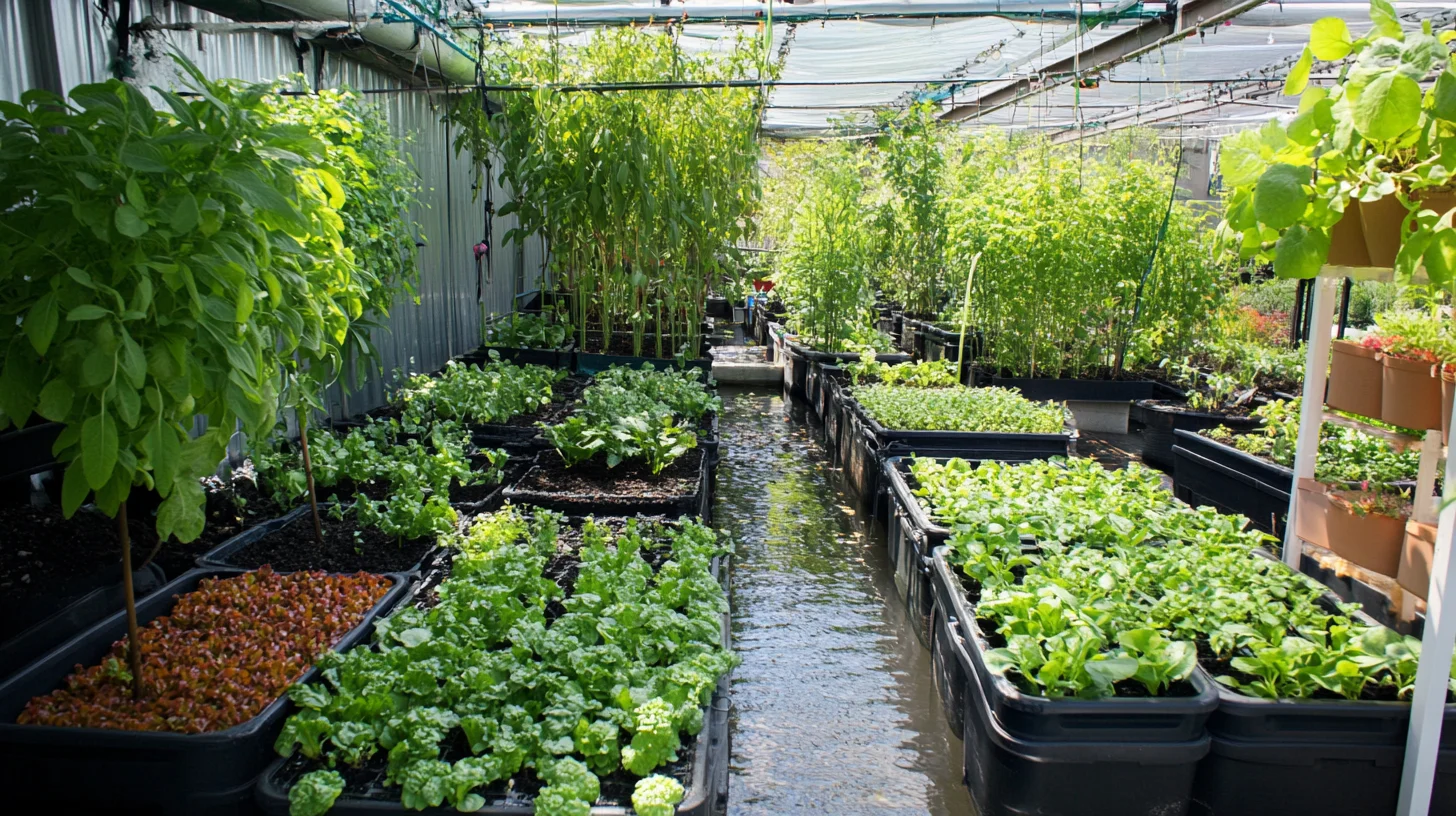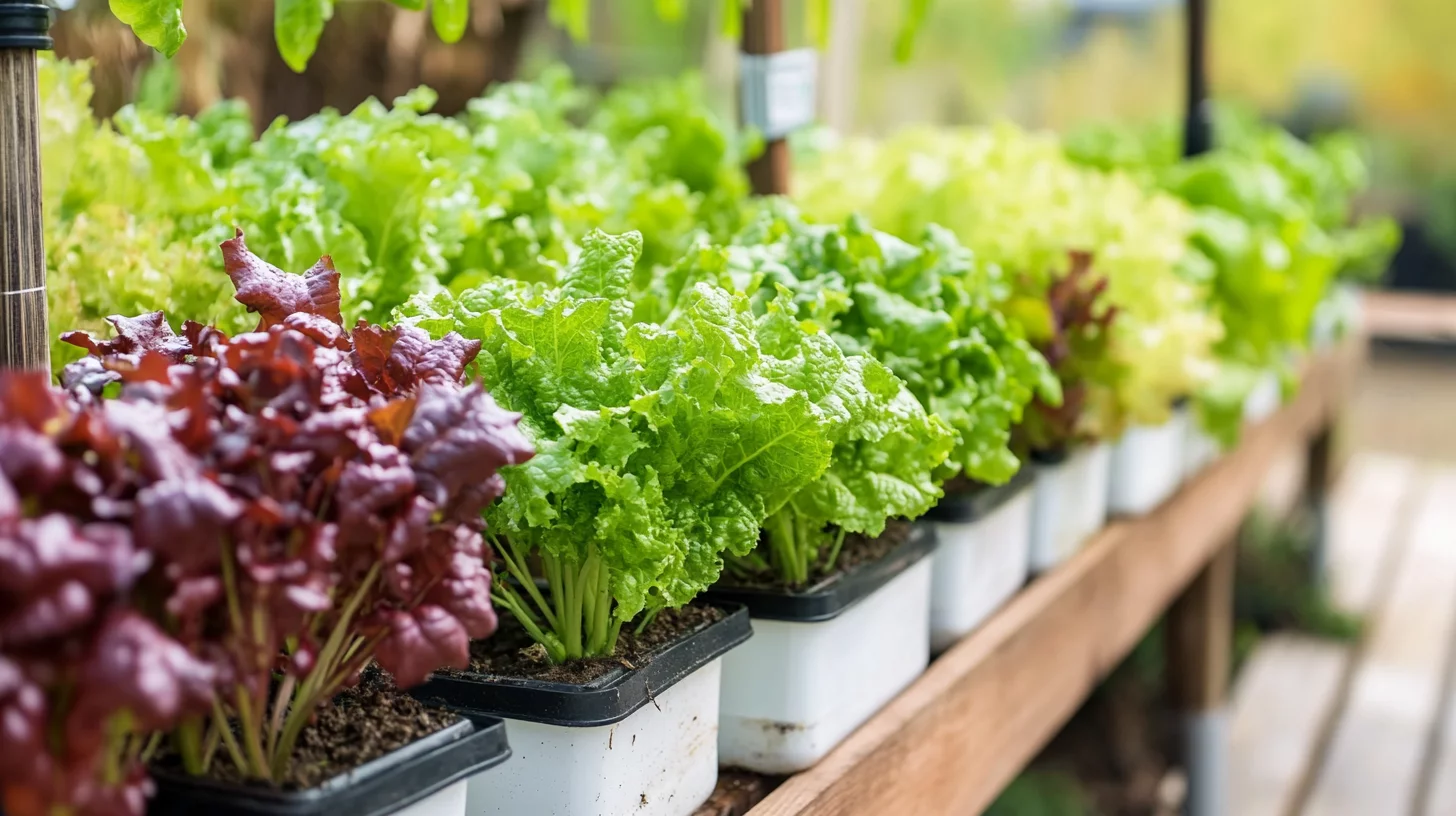Indoor hydroponic gardening has revolutionized the way we cultivate plants, offering a controlled environment that optimizes growth and yield. However, the success of your indoor hydroponic garden heavily relies on the proper placement of grow lights. Discovering the ideal distance between your grow lights and plants is crucial for ensuring they receive the optimal amount of light for photosynthesis and growth. In this comprehensive guide, we’ll dive deep into the factors affecting grow light placement and provide you with the knowledge to create a thriving indoor hydroponic oasis.
Understanding the Power of Grow Lights
Before we delve into the intricacies of grow light placement, it’s essential to understand the types of grow lights available and their unique characteristics. The three most common types of grow lights are:
- LED lights: Known for their energy efficiency and long lifespan, LED grow lights emit a targeted spectrum of light that can be customized to suit specific plant needs.
- Fluorescent lights: These lights are affordable and suitable for low-light plants or seedlings. They emit a cooler spectrum of light and are ideal for small-scale indoor hydroponic setups.
- HID (High-Intensity Discharge) lights: HID lights, such as Metal Halide (MH) and High-Pressure Sodium (HPS), are powerful and emit a broader spectrum of light. They are often used for larger indoor hydroponic systems or plants with high light requirements.
Grow lights play a vital role in indoor hydroponic gardening by providing the necessary light spectrum and intensity for photosynthesis, which is essential for plant growth and development.
Factors Influencing Grow Light Placement
To determine the optimal distance between your grow lights and plants, you must consider several key factors:
Plant Type and Light Requirements
Different plant species have varying light requirements. Some plants, such as leafy greens and herbs, thrive under lower light intensities, while others, like fruiting plants, demand higher levels of light. Research the specific light requirements of the plants you’re growing to ensure they receive the appropriate amount of light.
Growth Stage
As plants progress through their growth stages, their light requirements change. Seedlings and young plants generally require less intense light and can be placed closer to the light source. As plants mature and enter the vegetative and flowering stages, they require more light intensity, and the grow lights should be adjusted accordingly.
Light Intensity
The intensity of your grow light directly influences the optimal distance from your plants. Light intensity is measured in PAR (Photosynthetically Active Radiation), which represents the amount of light available for photosynthesis. Optimal PAR levels vary depending on the plant type, with most plants thriving between 200-600 μmol/m²/s.
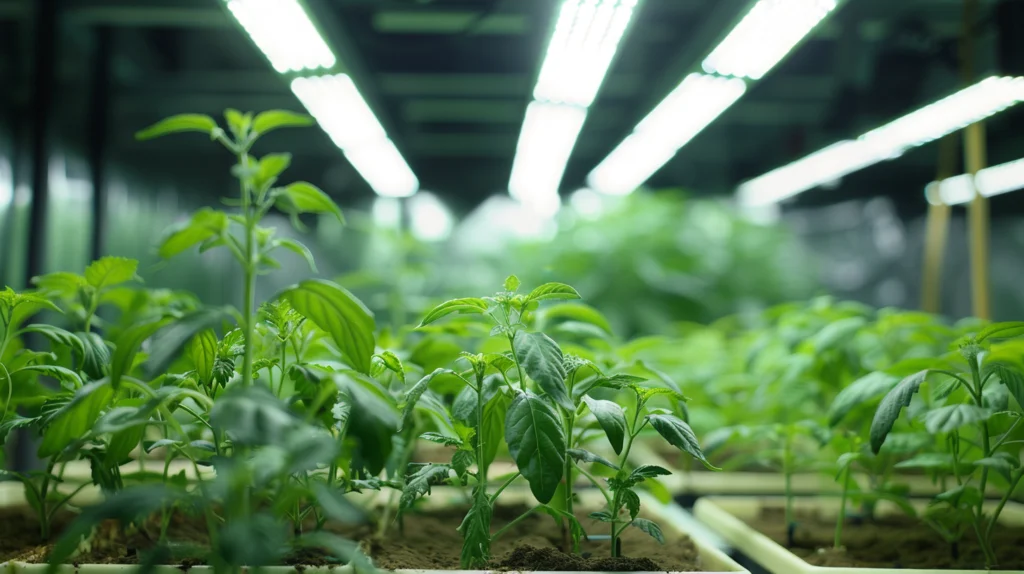
Finding the Sweet Spot: General Guidelines for Grow Light Distance
While the ideal grow light distance depends on various factors, there are general guidelines you can follow based on the type of grow light you’re using:
- LED lights: Typically, LED grow lights should be placed 12-30 inches away from the plant canopy. The exact distance depends on the light’s intensity and the plant’s light requirements.
- Fluorescent lights: Fluorescent grow lights, such as T5 bulbs, should be kept closer to the plants, usually within 6-12 inches of the canopy. They emit a less intense light and can be placed closer without causing light stress.
- HID lights: HID grow lights, like MH and HPS bulbs, emit a more intense light and generate more heat. They should be placed further away from the plant canopy, typically between 24-60 inches, depending on the wattage and plant sensitivity.
Remember, these are general guidelines, and it’s crucial to observe your plants’ response to the light distance. Signs of light stress, such as yellowing, burning, or stunted growth, indicate that the lights are too close. On the other hand, if your plants exhibit stretching, pale coloration, or slow growth, they may not be receiving enough light, and the distance should be reduced.
Optimizing Grow Light Placement for Hydroponic Systems
In indoor hydroponic systems, optimizing grow light placement involves more than just adjusting the distance. Here are some key considerations:
Even Light Distribution
Ensuring even light distribution across your hydroponic system is crucial for uniform plant growth. Employ techniques such as using reflectors to redirect light to the plant canopy or installing multiple grow lights to eliminate shadowing and promote consistent coverage.
Vertical Farming Considerations
When growing plants in vertical hydroponic systems, space can be limited. To maintain the proper grow light distance in these setups, consider stacking your grow lights and hydroponic trays strategically. Adjust the distance between each tier to accommodate the light requirements of the plants at different heights.
Combining Natural and Artificial Light
If your indoor hydroponic setup has access to natural light, you can position your grow lights to supplement the sunlight. Adjust the distance of your grow lights based on the intensity of the natural light available, ensuring that your plants receive the optimal light levels throughout the day.
Monitoring and Adjusting Grow Light Distance
Regularly monitoring your plants’ health and growth is essential for maintaining the optimal grow light distance. Observe your plants daily for signs of light stress or insufficient light, and make adjustments accordingly. You can use PAR meters or smartphone apps to measure the light intensity at the plant canopy level and ensure it falls within the optimal range for your specific plants.
As your plants grow and mature, their light requirements may change. Be prepared to gradually adjust the distance of your grow lights to accommodate their changing needs. Keeping records of your observations and adjustments can help you refine your grow light placement strategy over time.
Common Mistakes to Avoid
When it comes to grow light placement, there are several common mistakes that can hinder the growth and health of your indoor hydroponic plants:
- Placing grow lights too close or too far: Overexposure to intense light can cause leaf burning, while insufficient light leads to stretching and weak growth. Find the sweet spot by following the general guidelines and monitoring your plants’ response.
- Not adjusting light distance based on growth stage: As plants transition from seedlings to mature plants, their light requirements change. Failing to adjust the grow light distance accordingly can result in suboptimal growth.
- Ignoring plant-specific requirements: Different plant species have varying light needs. Neglecting to research and cater to the specific requirements of your plants can lead to poor performance and yields.
- Disregarding signs of light stress or insufficiency: Regularly inspect your plants for signs of light-related issues. Yellowing, burning, or stunted growth indicate light stress, while stretching and pale coloration suggest insufficient light. Address these issues promptly by adjusting the grow light distance.
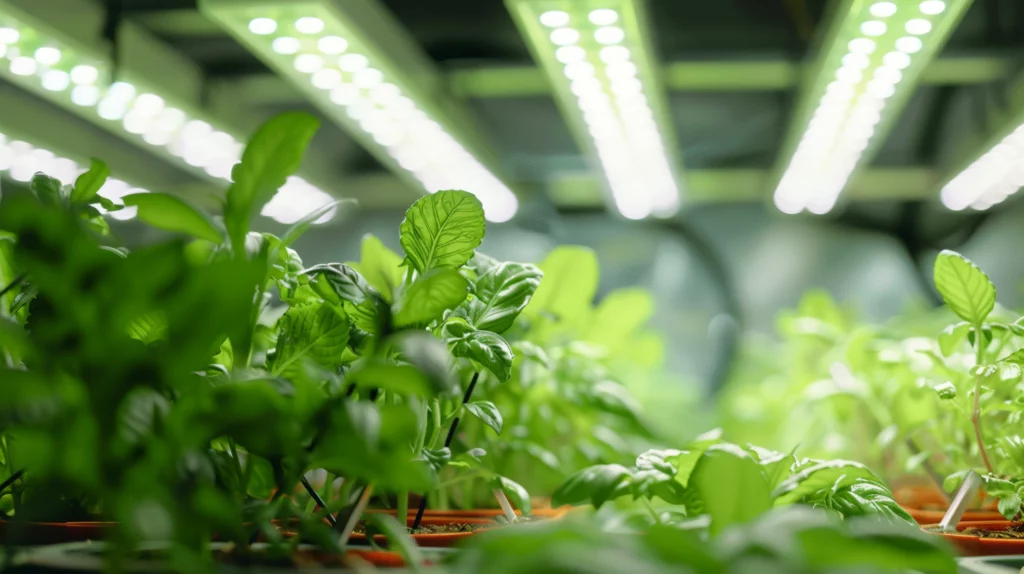
Conclusion
Mastering the art of grow light placement is key to creating a thriving indoor hydroponic garden. By understanding the types of grow lights, considering factors such as plant type and growth stage, and following general distance guidelines, you can optimize the light your plants receive for robust growth and bountiful harvests.
Remember, the journey to finding the perfect grow light distance involves experimentation and observation. Monitor your plants closely, make adjustments as needed, and don’t be afraid to fine-tune your setup based on your plants’ unique needs.
With dedication and attention to detail, you’ll soon find the sweet spot that unlocks the full potential of your indoor hydroponic plants. Happy growing!
FAQs
- Can I use regular household lights for indoor hydroponics?
While regular household lights can provide some level of illumination, they lack the specific spectrum and intensity required for optimal plant growth. Invest in purpose-built grow lights for the best results. - How long should I keep grow lights on each day?
The duration of light exposure depends on the plant species and their specific light requirements. Most plants thrive with 12-18 hours of light per day. Research the needs of your particular plants to determine the optimal light schedule. - What are the most energy-efficient grow lights for indoor hydroponics?
LED grow lights are the most energy-efficient option for indoor hydroponic systems. They consume less power, emit less heat, and have a longer lifespan compared to other types of grow lights. - How often should I adjust the distance of my grow lights?
Monitor your plants daily and adjust the grow light distance as needed based on their growth and response to the current light levels. As a general rule, you may need to adjust the distance every 1-2 weeks as your plants grow and mature. - Can I mix different types of grow lights in my indoor hydroponic setup?
Yes, you can mix different types of grow lights to achieve the desired spectrum and intensity for your plants. However, be mindful of the specific requirements of each light type and ensure they are placed at the appropriate distances from the plant canopy to avoid light stress or insufficiency.
